We’re committed to continuously improving our engines with low-risk new technology from future generations, something the Trent 900 has benefitted from significantly, delivering fuel burn improvements since EIS of up to 1.6%.
The Trent 900 is the fourth member of the Trent family and includes the latest technology proven to reduce noise and weight whilst increasing efficiency. For example, the engine’s 24 fan blades are to a new swept design that reduces the effect of shock waves as the tip of the fan rotates supersonically.
The fan containment system is also the first to be manufactured from titanium rather than Kevlar, and at the core of the engine the high-pressure shaft rotates in the opposite direction to the other two shafts for greater fuel efficiency.

Yes, we retrofit legacy systems (e.g., GE Frame 5, Siemens V94.2) with modern digital controllers, typically completing hardware integration within 4-8 weeks. Software migration requires additional validation time.
We recommend annual performance testing under ISO 3977-2 standards. Critical applications (e.g., offshore platforms) may require semi-annual tests with emissions compliance checks.
All rad-hard devices (e.g., FPGA, ADC) are QML Class V certified under MIL-PRF-38535 and tested to MIL-STD-883 Method 1019 for SEU tolerance. Full qualification reports are available upon request.
Our ASICs and power management ICs operate across -55°C to +175°C ambient temperatures, with derating curves provided in military temperature range (MTR) datasheets.
Our PMA parts (e.g., actuators, sensors) hold FAA/EASA Form 1 certification and match OEM form/fit/function. Installation requires SB/MB documentation per FAA AC 23.1529.
All NAS/MS fasteners include full DNA traceability: melt source (AMS 2301), heat/lot numbers, and AS9100-compliant MTRs with ultrasonic test reports.
AOG orders ship within 4 hours for stocked items (FAA-PMA, EASA Part 21G). Non-stock critical parts trigger priority manufacturing with 72-hour max turnaround.
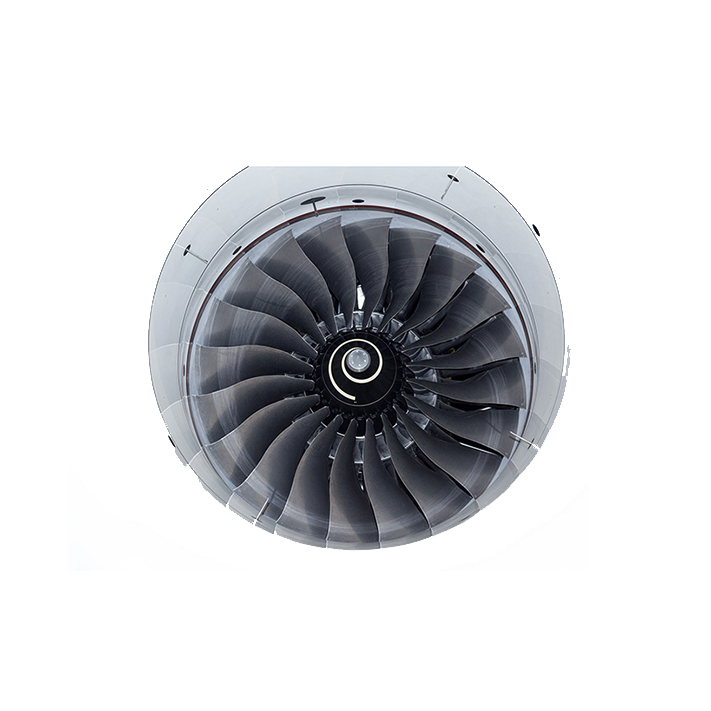
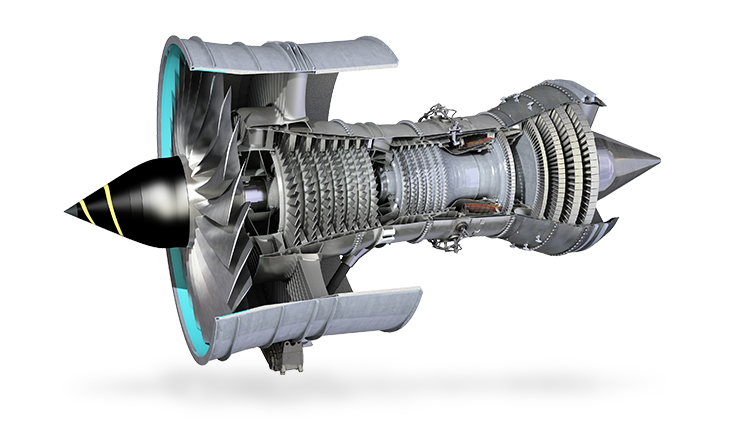
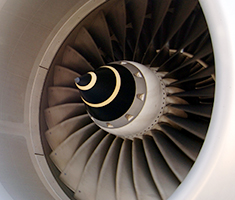
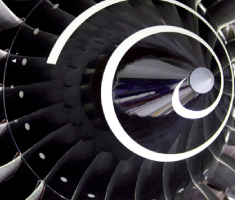
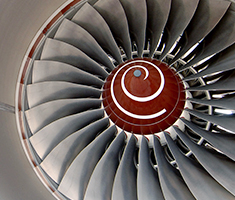
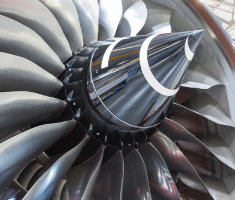
 Gas Turbine
Gas Turbine
 Aircraft parts
Aircraft parts